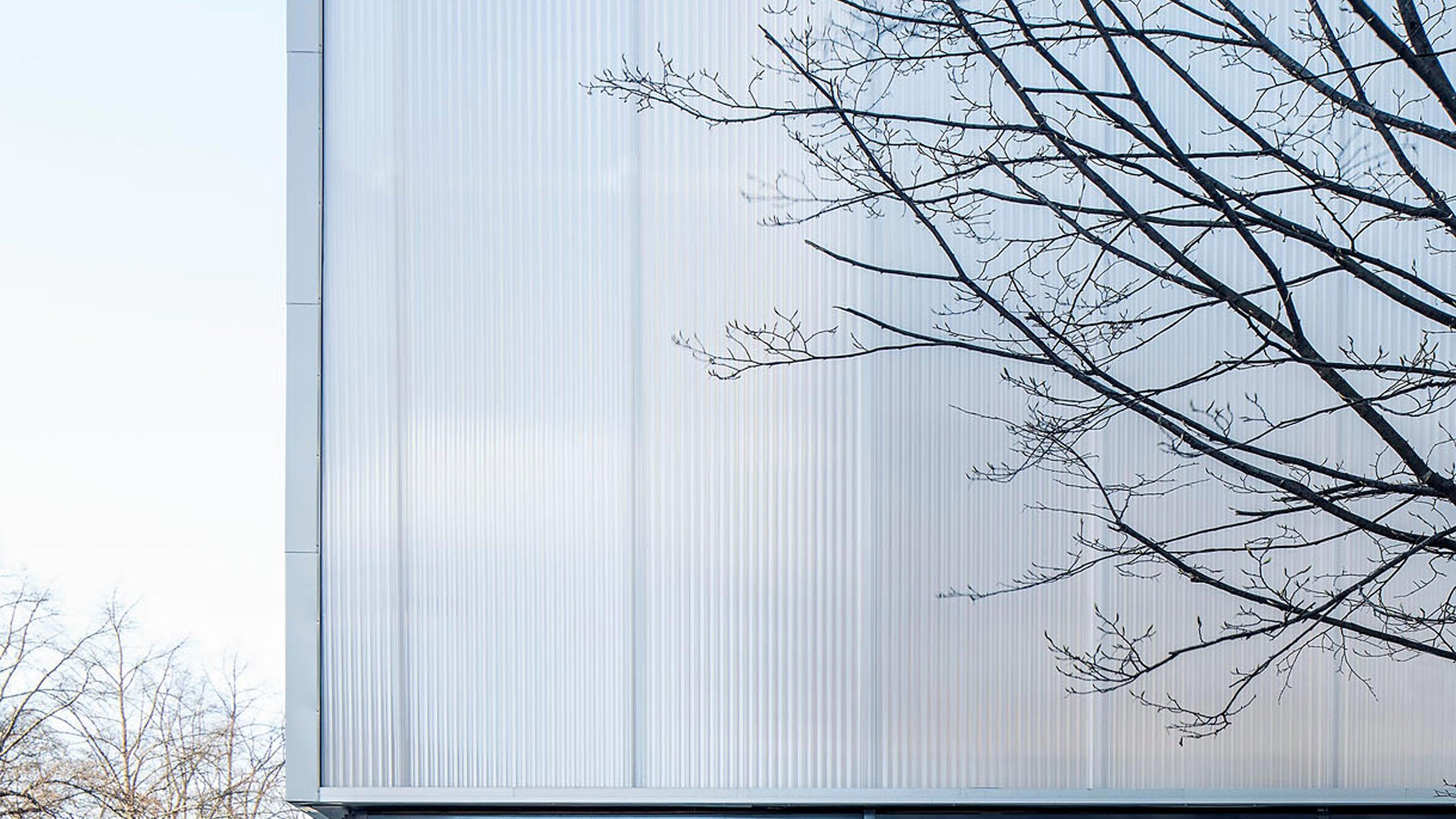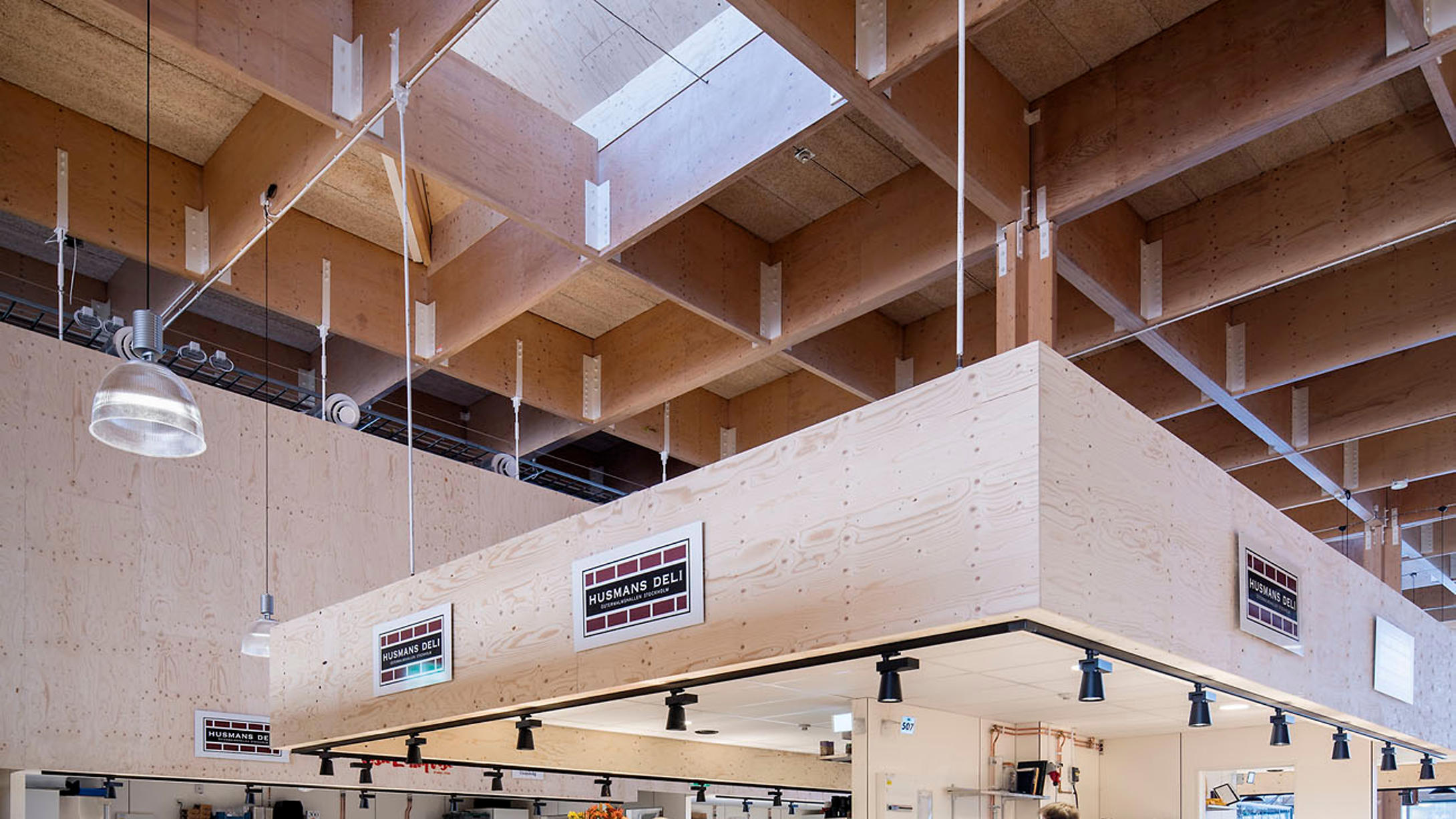Lightweight wood enables ultimate architectural freedom
The natural qualities of wood, especially its lightweight and strength, are much-needed features in building today’s urban environments. Using wooden elements in architecture has proven to be economical, structurally efficient and visually attractive.
“The composite structure that gives trees their lightness and specific strength is the same that makes wooden elements strong and lightweight,” Matti Kuittinen, architect and researcher from Aalto University, points out.
Indeed, the engineered wooden beams compare well in strength to concrete and steel alternatives. For example, the span to depth ratio of Kerto® LVL (laminated veneer lumber) beams is in the range of 20:1. Alternative steel beams reach figures from 15:1 to 25:1 and different concrete beams range from 7:1 to 26:1.








